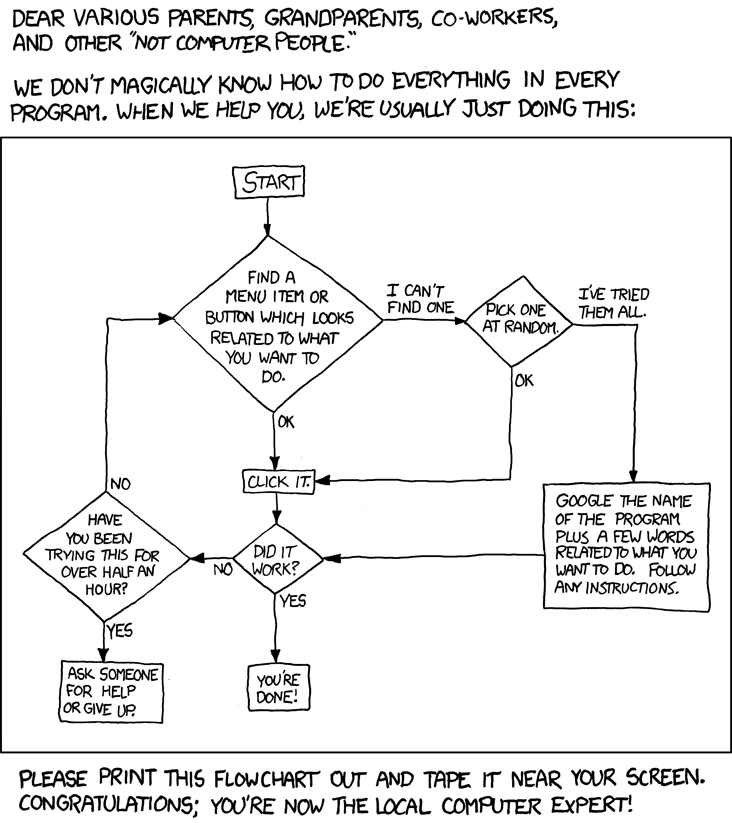When beginning a search on a technical issue, you will often have a set starting point-- either a particular issue you want to resolve ("The computer keeps restarting and we don't know why.") or a task you want to complete ("We need to install this update package and are not sure how to do this.")
You may also have a particular error code or other specific language that assists you in identifying the issue. These can all be useful in deciding how to begin a search, and (if needed) how to scope your search terms.
Often, your search will begin because you want to fix a problem or learn how to complete a task.

In order to find the most useful information related to this need, you will want to identify key terms (keywords) that outline your desired search result. This works best when you can identify keywords that describe your issue or need as uniquely as possible. In order to build this initial collection of keywords, you might think about:
The goal is to build a pool of search terms that, when combined together, describe your research need reasonably specifically while still allowing for some flexibility in terminology (different audiences will use slightly different terminology when discussing the same issues).
XKCD - Tech Support Cheat Sheet (https://xkcd.com/627/) by Randall Munroe


When you are lucky enough to have a specific error code or troubleshooting language, this will be the starting point for your search.